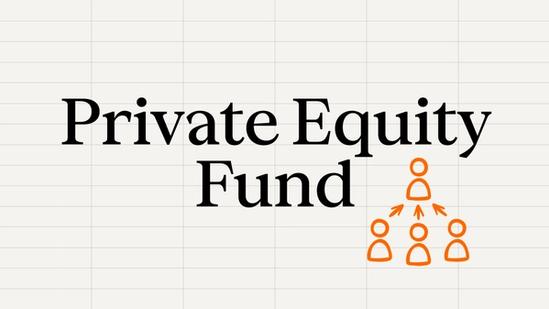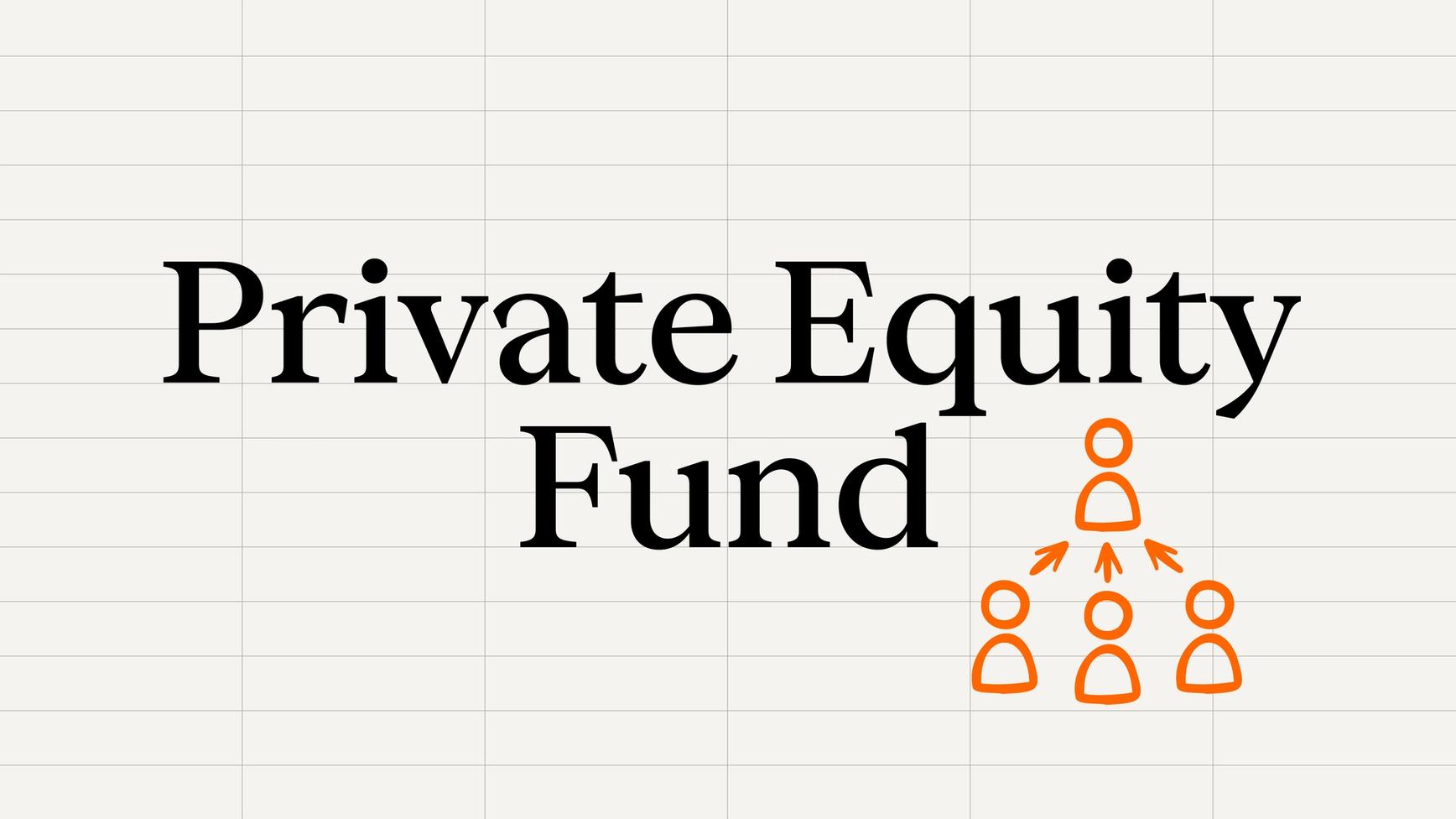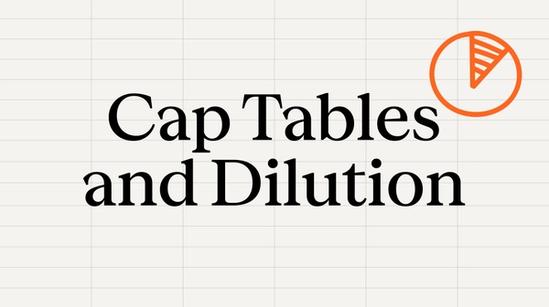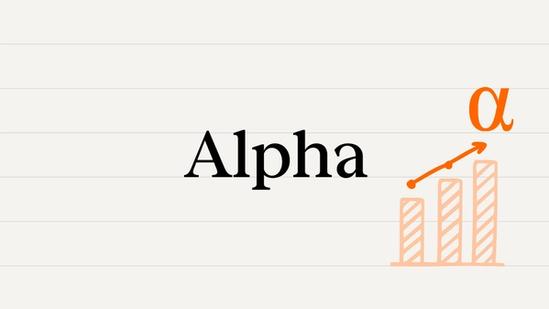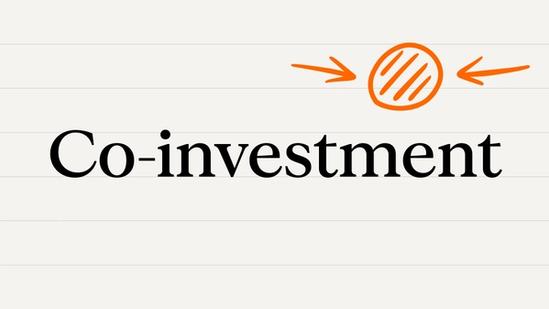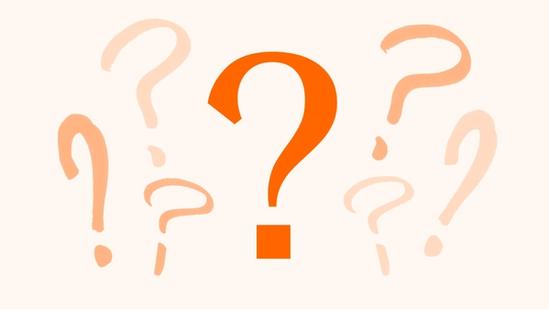What Are Tokenized Assets?
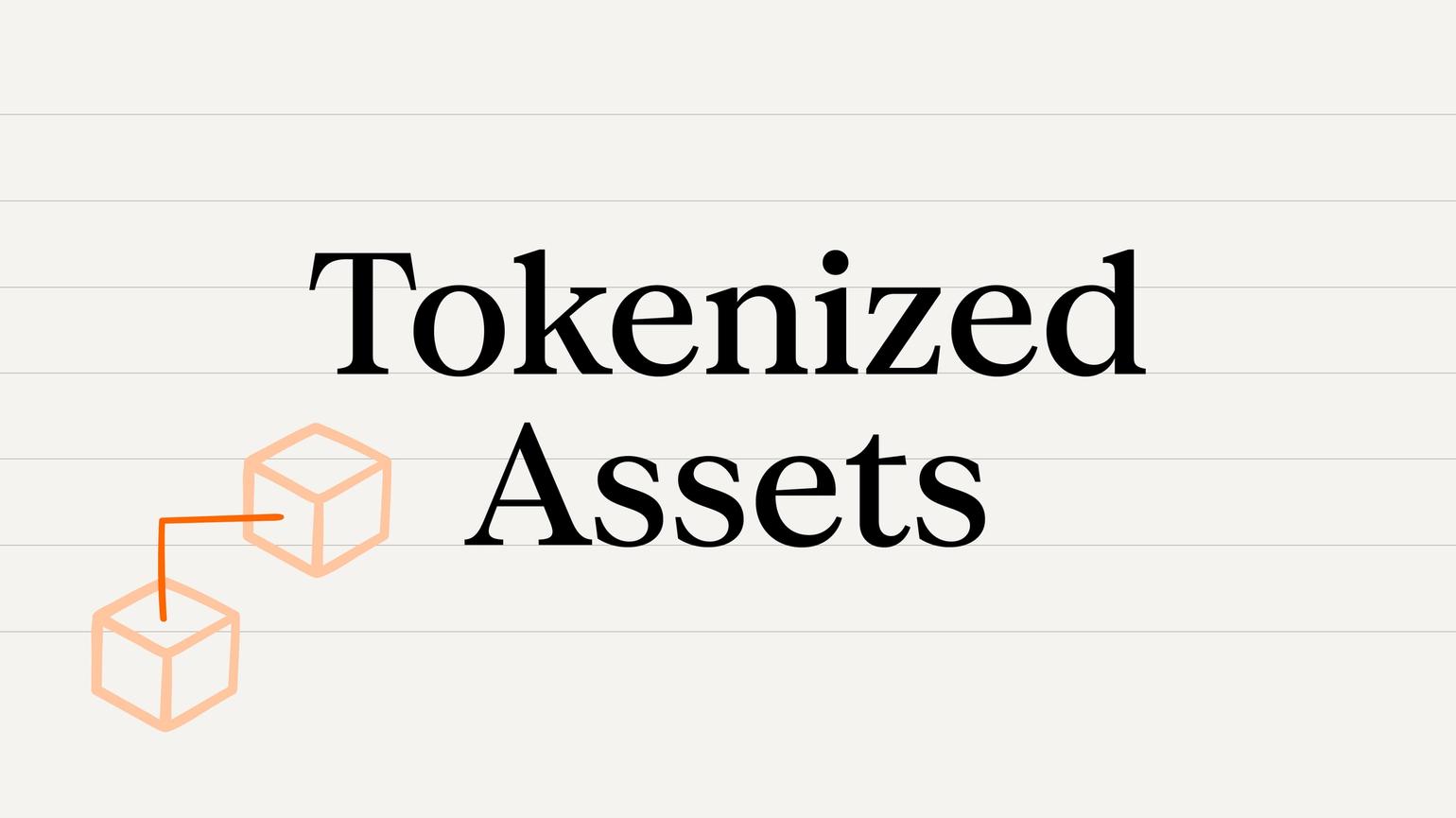
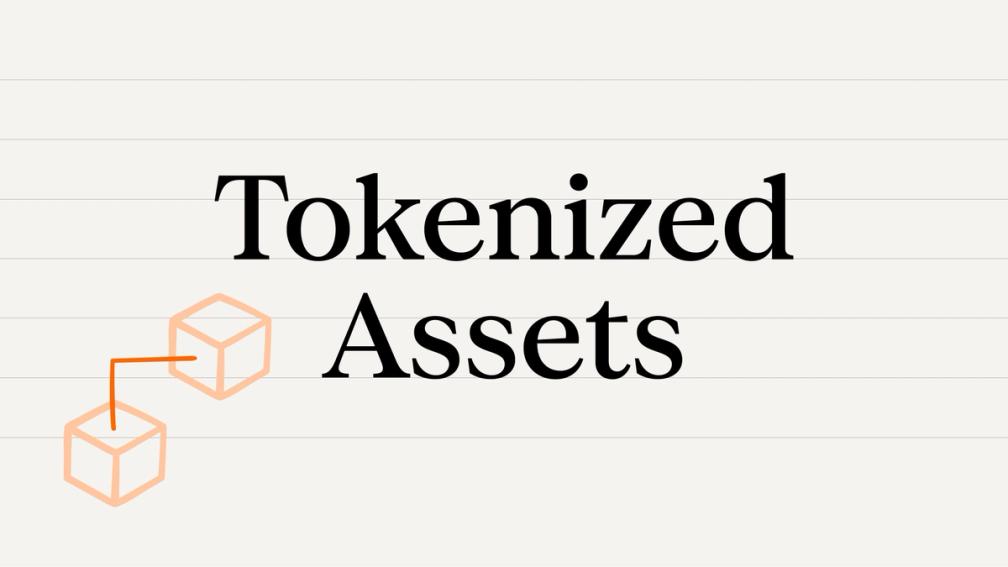
Tokenized assets – from stablecoins to money market funds – have the potential to bring new efficiency, liquidity, and access to financial markets. We asked Calastone’s Adam Belding where this sector is heading.
- Tokenization has the potential to enable easier trading of financial assets, including funds, real estate and bonds.
Tokenization is a concept that comes from the worlds of blockchain and cryptocurrency. After breaking through with tradable tokens linked to the U.S. dollar, institutions are putting everything from money market funds to real estate on-chain. So what is tokenization, why is it important, and what are its main use cases?
Tokenization is the process of converting rights to an asset into a digital token, which can be held and traded digitally on a distributed ledger, also known as a blockchain. These tokens can represent almost anything, digital or physical.
It began with digital-native assets: cryptocurrencies like Bitcoin and Ethereum, utility tokens for accessing decentralized apps, and non-fungible tokens (NFTs) for art and collectables. These assets were born on-chain, requiring no link to the physical world or traditional infrastructure.
More recently, the focus has shifted to real-world asset (RWA) tokenization. RWA tokens represent existing economic assets, whether tangible – like real estate, fine art and wine – or intangible – like currencies, equities and bonds.
Tokenized real-world assets are steadily growing in popularity. As of August 2025, there is more than $25bn in RWA tokenized assets from more than 250 issuers, with over 350,000 asset holders, according to RWA.xyz. For context, however, the value of the global stock market is more than $125tn.
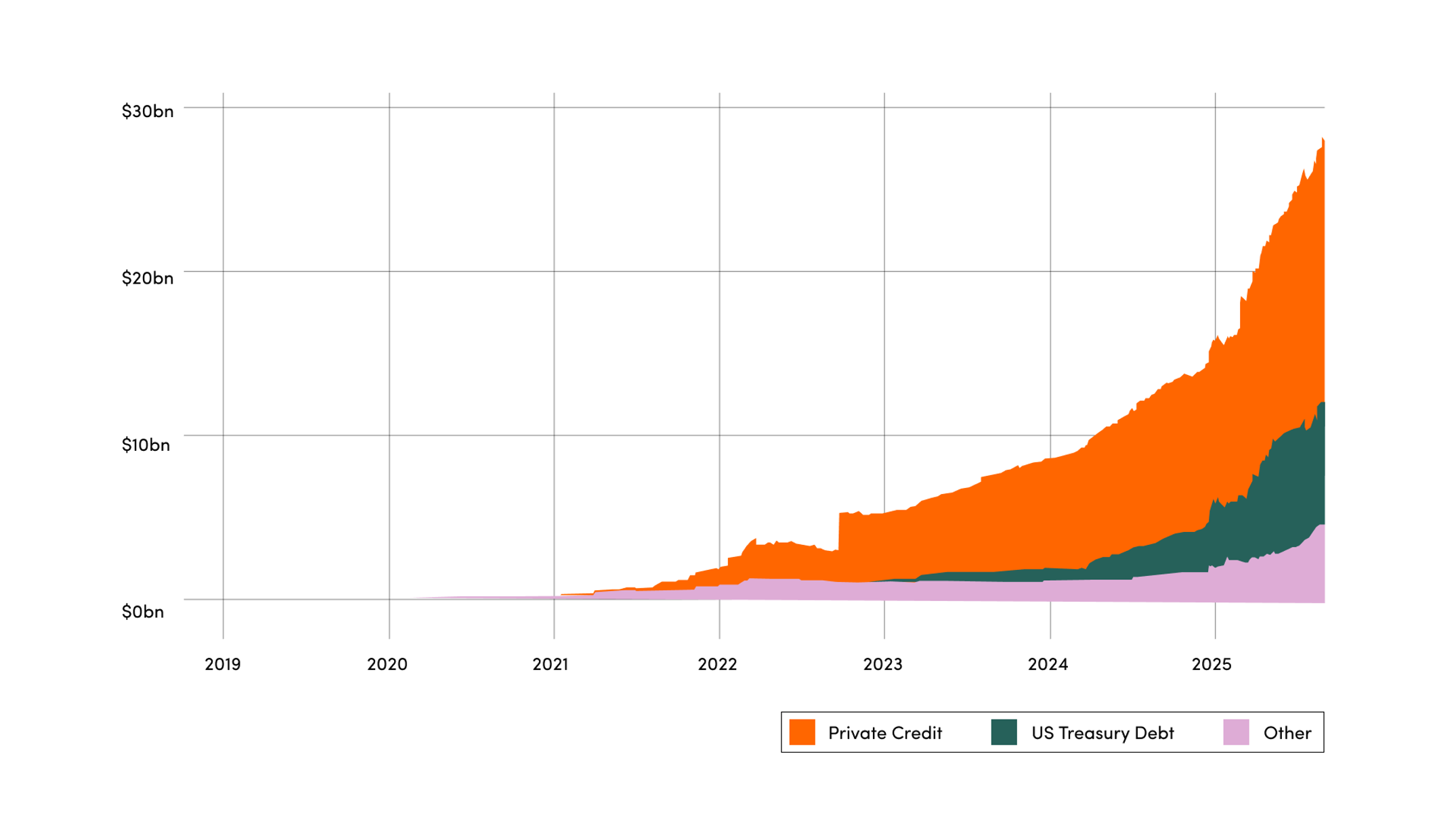
Global value of tokenized real-world assets (Source: RWA.xyz)
Why tokenize assets?
Think of tokenization as an evolution upon securitization, which pools together not-easily-tradable or non-tradable assets and then sells tradable shares in that pool. Securitization made more types of assets available to a wider range of investors and provided new avenues for companies to raise capital. Tokenization builds on that concept, applying it to a broader range of assets, and using blockchain technology to make ownership and trading of those assets simpler, cheaper and faster.
The five main proposed benefits of tokenization are:
Liquidity: Tokenization enables fractional ownership and secondary trading of assets that were previously hard to sell, such as real estate and private funds.
Accessibility: Fractional ownership also lowers investment minimums, meaning people can invest in previously inaccessible assets for smaller sums.
Efficiency: By sidestepping traditional market infrastructure and intermediaries, tokenization can reduce post-trade settlement times from days to minutes or seconds. It can also remove the limitation of traditional market hours.
Transparency and security: Blockchain provides a more tamper-resistant and auditable record of transactions.
Programmability: By turning assets into software, they can be governed by code (known as smart contracts), which enables them to automatically execute rules and logic like payments, compliance checks and contractual terms.
“Tokenization represents a fundamental reimagining of how financial assets are structured, issued and accessed,” Adam Belding, Chief Architect at global funds network Calastone, said in an interview. “The most transformative impact lies in collapsing complex and fragmented infrastructure into simplified, real-time processes, removing intermediaries where appropriate, automating core functions and opening up entirely new channels of investor engagement.”
Let’s look at two specific examples that are already in use: stablecoins and tokenized money market funds (MMFs).
Stablecoins
Stablecoins are digital representations of national currencies, like the U.S. dollar, backed by reserves of cash or short-term government securities.
They combine the stability of traditional currency with the speed of cryptocurrency, allowing you to send money across the world in minutes or seconds, 24/7, without banks or exchange fees. This makes them ideal for cross-border payments and providing dollar access in countries with unstable currencies or capital controls.
They have quickly become the most widely used tokenized financial instruments globally. For example, USDC, a dollar-pegged stablecoin created by Circle Internet Group, has grown to over a trillion dollars in monthly payment volumes and has a market value of more than $70bn. Shopify, an e-commerce platform, and Stripe, a payments processor, now accept stablecoins.
Tokenized money market funds
MMFs are a staple of the financial system, providing a haven for investors looking to preserve cash in times of market uncertainty, earn yield and manage short-term liquidity.
However, today, if you want to transfer your MMF holdings or use them as collateral, you have to redeem your shares (sell them for cash), wait for settlement (one to two business days), and coordinate through intermediaries within market hours. And you – and the transferee – are losing yield while the transaction is pending.
By tokenizing MMFs, you get a token representing a share of the fund which can be transferred instantly, used directly as collateral, and traded 24/7 without going through traditional clearing systems – all while continuing to earn yield.
BlackRock, Franklin Templeton and UBS have all launched tokenized MMFs.
The future of tokenized assets
The adoption of stablecoins and tokenized MMFs points to a growing momentum, but several pieces need to fall into place before tokenized assets can go mainstream.
“Scaling tokenization requires navigating a complex matrix of technical interoperability, regulatory clarity, and integration with legacy systems,” cautioned Belding. A common misconception, he explained, is thinking ‘the blockchain’ is singular, when in reality there are many – public and private – with incompatible standards. “Without agreed frameworks for cross-chain interoperability, many of the benefits of tokenization risk being siloed.”
Regulatory readiness varies, though progress is being made. The GENIUS Act in the U.S. has given stablecoins a clearer legal status, and regulators and financial institutions globally are running pilots on new asset tokenization use cases. Singapore’s financial regulator, along with counterparts in the UK, Japan and Switzerland, is piloting tokenized funds and fixed-income products, and working towards a common framework for exchanging digital assets across independent networks.
Belding is optimistic. “Within the next decade, tokenized assets are likely to become a foundational layer of the financial system.” This shift won’t be about discarding the old world, but about connecting it to the new one. “Tokenization will be the connective tissue enabling financial markets to serve the next generation of investors without breaking the trust built over decades.”
Toby Knott is a freelance business and finance writer.
ThinQ by EQT: A publication where private markets meet open minds. Join the conversation – [email protected]
On the topic ofEducation
Exclusive News and Insights Every Week
Sign up to subscribe to the EQT newsletter.
